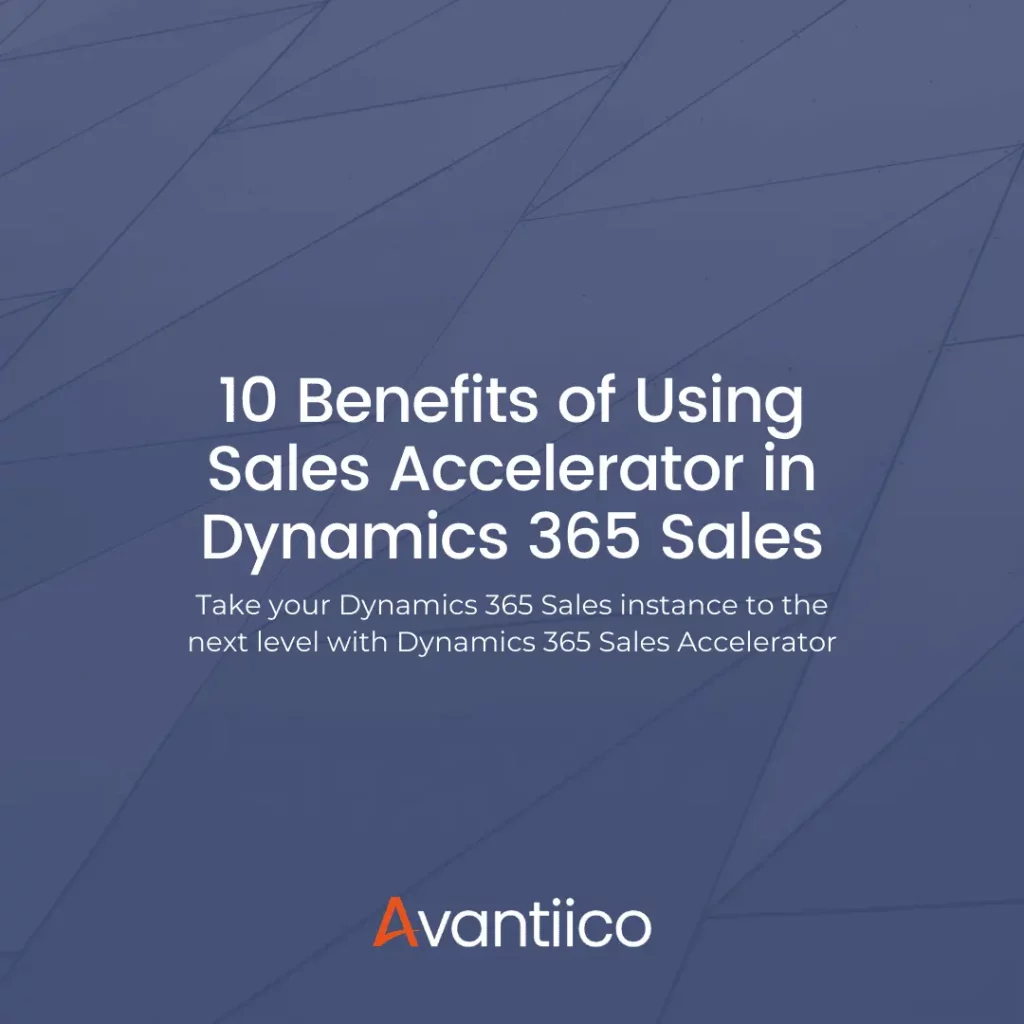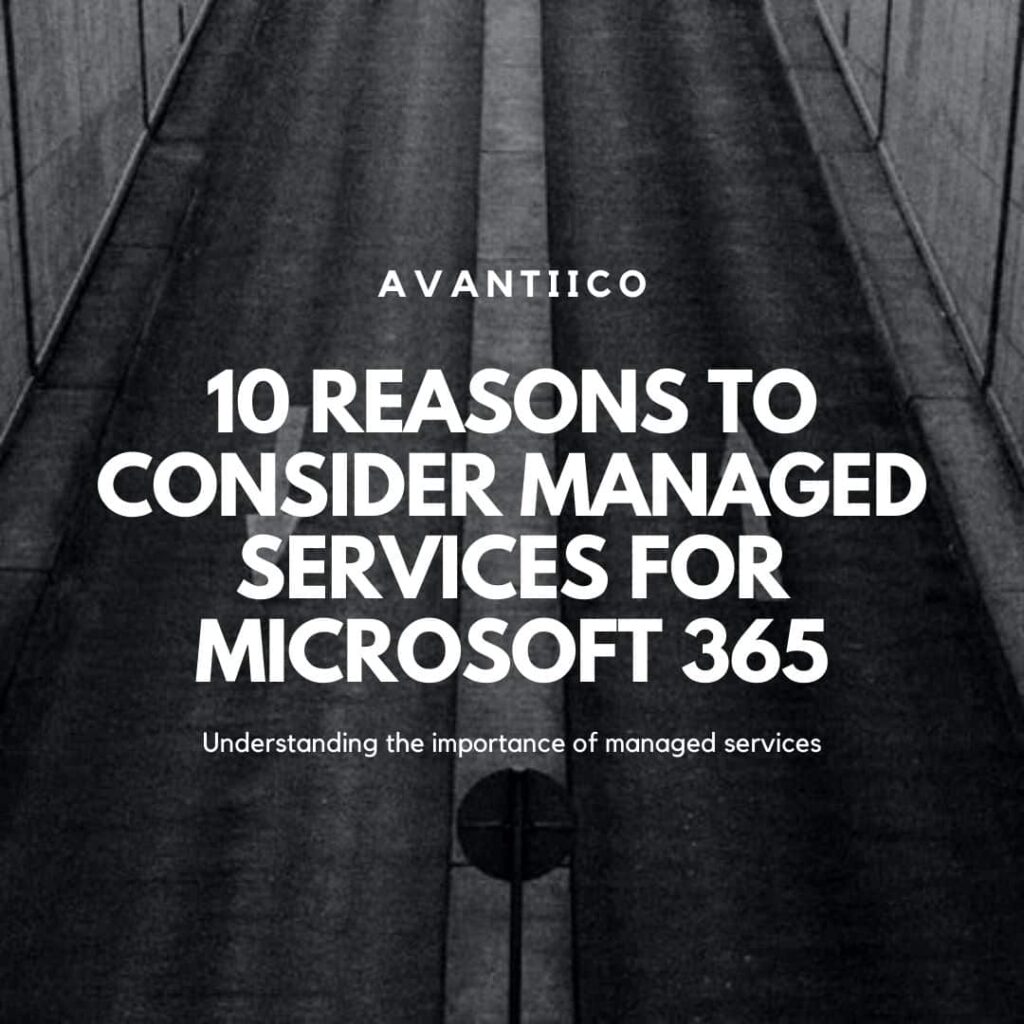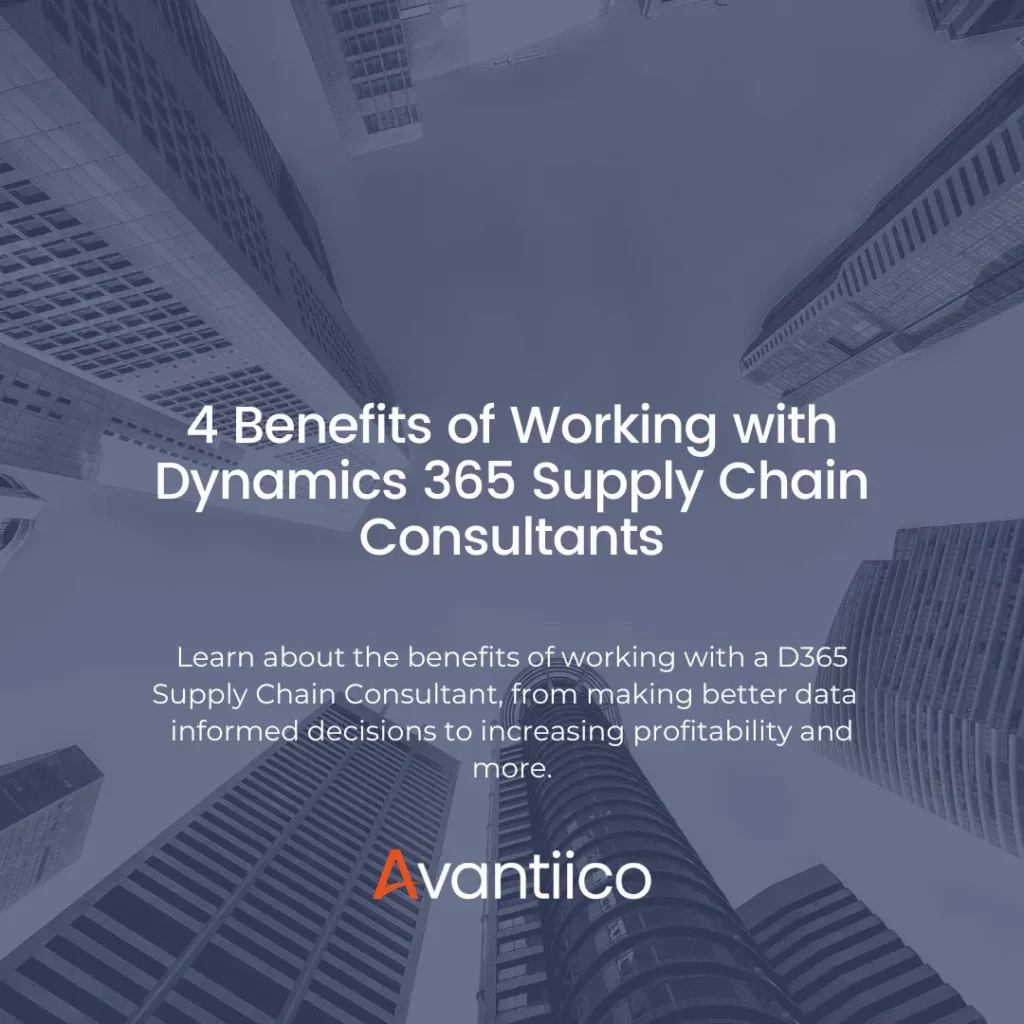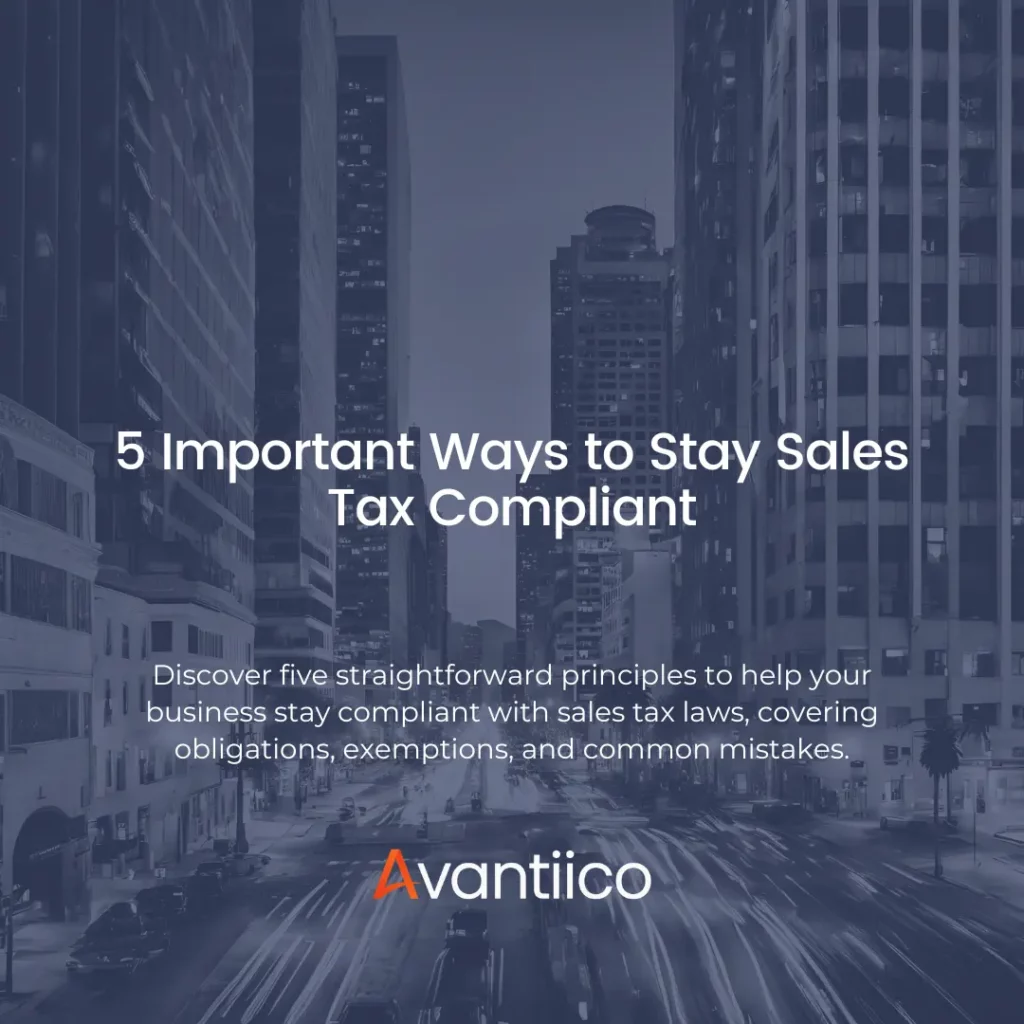CRM Selection Process to Select a CRM System Simplified
Explore the necessary mindset needed when evaluating Customer Relationship Management software. Turn prospects into long-lasting relationships that you can nurture with the best CRM System catered to your business.
Customer Relationship Management (CRM) software has been around for decades and lost its “new-car-smell” quite a while ago.

Customer Relationship Management (CRM) software has been around for decades and has lost its “new-car-smell” quite a while ago. The implementation of the CRM system became every salesman’s routine. And as with every routine, it became repeatable, dull, and boring. Since people who describe themselves as boring don’t stay in the salesforce too long, both the quantity and the quality of the data recorded in CRMs have degraded. It happened so subtly over the years that most of us would call it an erosion – similar to a process of wind carrying away soil from the once prolific ground until there is only an infertile rock left. There is a way to reverse this process, bring back the productivity and then increase it even past the historical records. Increasing your sales would not even require as much patience and labor as gardening, if done correctly.
CRM Selection Process Guide
The starting point of our journey is the same, whether you already have an existing CRM solution in place or consider getting a new CRM system for your business for the first time. It is no different from buying any merchandise: you feel your needs, the product is available, and you are ready to start looking. As a practical person, you take time to itemize your shopping list beforehand. Most likely, it looks like this:
- Provides easy access to current and prospective customer data, such as contact info, business profile, communication and purchase history, requests, and follow-ups
- Tailored to your sales process: provides full insight into the progress of every deal, helps understand why it was won or lost, helps coaching new salesforce and set their objectives
- Expands your client base: tracks how the customers found you, lets you know their needs, concerns, and future plans
- Gives immediate overview of sales opportunities, trends, and forecasts to identify the most and least profitable products, so you will never miss a growth opportunity and prevent money loss
- Allows the support team to see a person behind every ticket by providing relevant customer data to improve customer support
Why Choosing the Right CRM is Important
The CRM you are looking for has to help you sell more and sell faster, keep customers happy, and provide you with an instant snapshot of your business with a single click. Let us take a step back and have a look at the perfect picture we just have painted here. There is a major part missing, so massive that can spoil the entire masterpiece. In fact, it was the reason behind many failed CRM implementations. It is stated at the very beginning of this article. None of the features listed above is concerned with the end user. They are all about the customers and the top management. Quite strange when the system is fueled by the input from the sales team, don’t you think? Here is what a CRM system is NOT:
NOT an inspection or controlling tool – please use reports for process improvements instead
- NOT a remedy for all your problems – keeping a reasonable number of wants helps to maintain the focus
- NOT a burden to everyone in the sales department – its primary objective is to increase and speed up sales, it is intended to be the main instrument in their toolbox
- NOT rocket science – a business degree is not required to decode the user manual. Did you even have to open one when you started with the new smartphone?
- NOT expensive anymore – there are free trials and entirely free systems
The CRM selection criteria should reflect a clear idea of your business’s needs and how the right system provides solutions tailored specifically to enhance workflow, user adoption, and system integration. Don’t underestimate the decision-making process when selecting a CRM solution, as it is crucial for the successful CRM deployment and CRM implementation process. This guide can help you decide and evaluate CRM options and ensure the CRM you choose meets your requirements.

People rarely notice they are living in the 21st century, but the time flies and over one-fifth of it has already passed. How did that reflect on software that originated back in the 1990s? As with everything else nowadays, CRM is now in the cloud. While for most consumers, it means the ease of access from anywhere and across all platforms, to business users, it says “Zero Capital Investments” in big, bold letters. Cloud services are subscription-based and carry zero infrastructure cost, effectively eliminating upfront costs. The ice on the topping of the cloud is its scalability: it is easy to expand as your business grows. Today, you can use as much as you need and pay only for what you have consumed based on actual usage.
Since the existing sales system is already here, CRM just takes the legacy data from it and customizes itself so the changes are minimal. It easily integrates with your other tools and different departments, which may or may not be cloud-based. Once sales are on track to close a major contract, the supply chain gets an instant notification of how much raw material to order, operations can plan production capacities and logistics book delivery dates. The CRM system offers automatic emails and book meetings for everyone involved. Automation is everywhere at the user level: most of the fields in the sales entry form are now pre-populated, and notes could be taken with a voice recognition system to avoid typing. Sales even get a friendly reminder from the system to reach out to prospects at the right time armed with the latest numbers.
The infancy problem of CRM being a nightmare for the sales people is long gone – now it is their working horse which aids with the daily tasks and promotes value and visibility within every organization. In the near future, CRM will be automatically analyzing markets and generating forecasts, thanks to the advances in artificial intelligence algorithms.
The process of selecting a new system involves understanding these capabilities, supported by detailed requirement documents to ensure the CRM system meets your technical support and data storage needs. These steps help you make informed decisions, manage customer information more effectively, and get a clear picture of how the CRM system can transform your business operations.
To summarize, here are the Selection Checklist to keep in mind When Choosing a CRM:
- Thorough understanding of what exactly you want from it
- Pricing vs. desired functionality
- Intuitive, customizable and user-friendly interface
- Deployment and training costs
- Integration with legacy data and existing software tools
- Ease of access from anywhere and on any device
- Data transfer and sync reliability, integrity, security and speed
- Legal aspects, such as GDPR compliance for the European Union
- Ability to grow with your business
- Availability of on-site product demo, trial period and support






